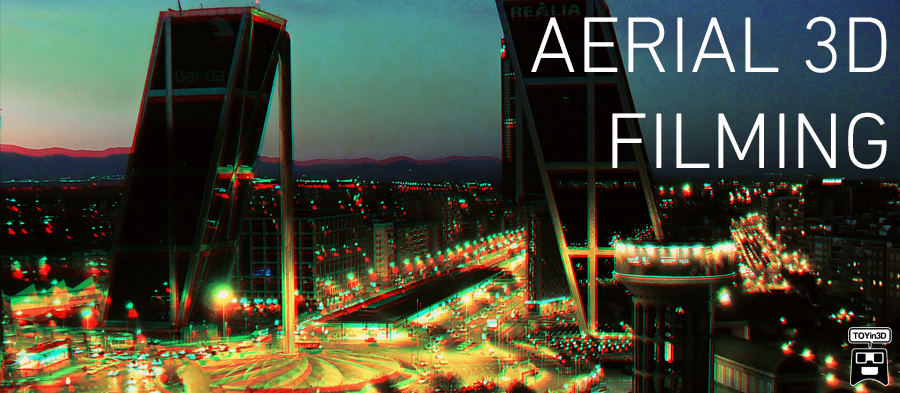When Jaques Cousteau took his first underwater videos 80 years ago, they were simply of his wife Simone splashing around.
This little story reminds me of the videos that I took using GoPro's 3D sports camera kit. I grabbed some footage of an octopus while on vacation in the Caribbean, and a few good wipeouts of my buddies surfing some shitty waves. I have little doubt that my amateur filmmaking is the kind that puts crowds to sleep, but I took this video with GoPro's waterproof 3D sports camera kit, which melds the film of two GoPro cameras into one juicy 3D shot. The content may be nothing special, but the spectacle is really the unpolished but fascinating use of technology in just the right place. 3D Turtles!
[3D Video after the jump]
I think the sports camera is the perfect video gadget to pick up an extra dimension. A few years ago most helmet cameras went to wide angle lenses to ensure they got all the action in frame, but also to reduce the amount of apparent shaky cam. It worked, but had the effect of making those jumps and waves we might have thought huge look minuscule when viewed on screen. Adding 3D gives depth to the trees and objects rushing past you, making things as immersive as I'd hoped they'd be.
This kit takes two GoPro HD sports cameras (not included) and turns them into a single high definition 3D camera that is still waterproof and rugged, using a sync cable and an extra large housing that is waterproof to 180 feet. Videos from each camera need to be loaded separately onto a PC. And the included software does the important job of pairing them, combining the files into single movies, adjusting the convergence points so you don't go cross-eyed watching your videos and adjusting between various kinds of 3D (side by side, red/blue, etc) for playback and export to services and software like Youtube or iMovie. (Here's more detail on how it works.)
Specs
- Price: $99 for the kit, but you'll need two GoPro HD Cameras that start at $260 each.
- Video Resolution: 1080p/30 to 720p/60
- 3D Editing Software: PC and Mac. Here's how it works.
- Weight: 12.4 ounces.
GoPro's decision to use their already popular HD cameras as the basis of a 3D rig is great news for people who already own them, making the price of going 3D less expensive than buying a whole new camera and mounts. Even without a 3D TV or monitor, the kit comes with a set of red/blue glasses which work just fine. Files are compatible with iMovie and it's pretty easy to upload these files to YouTube, which supports 3D. The video looks really good. The cameras are able to focus on legible 3D as close as 3 feet away.
By the very nature of the kit's multiple cameras, and the budding state of home 3D film editing, it's not the easiest gadget to work with in the world. You have to charge, import files and turn on the separate cameras on their own. It's heavy at 12.4 ounces, and a little unwieldily to use as a handheld or body mounted camera—my videos were consistently shaky but water isn't the best medium for holding a camera steady, anyhow. (Motorsports might be the best way to appreciate this camera, or by mounting the cameras upside down so it steadies itself, and flipping the video in post production.) The software is solid but the workflow is a little bit harder to use than say, iMovie. And you'd better have a quick computer if you want to wrangle twin HD videos at once.
The geek-jocks at GoPro think serious snowboarders, surfers, motorsportsmen, adrenaline freaks and geek amateurs will be the ones to appreciate this kit the most. Between the total cost of the cameras plus kit and the still not quite foolproof process of dealing with 3D, I'd agree. But the results are potentially astounding if those two things don't scare you off and you're willing to put in the time.
"Use a TOYin3D to watch this video in PARALLEL-VIEW on your mobile"
SOURCE:
3D VIDEO SOURCE:



























